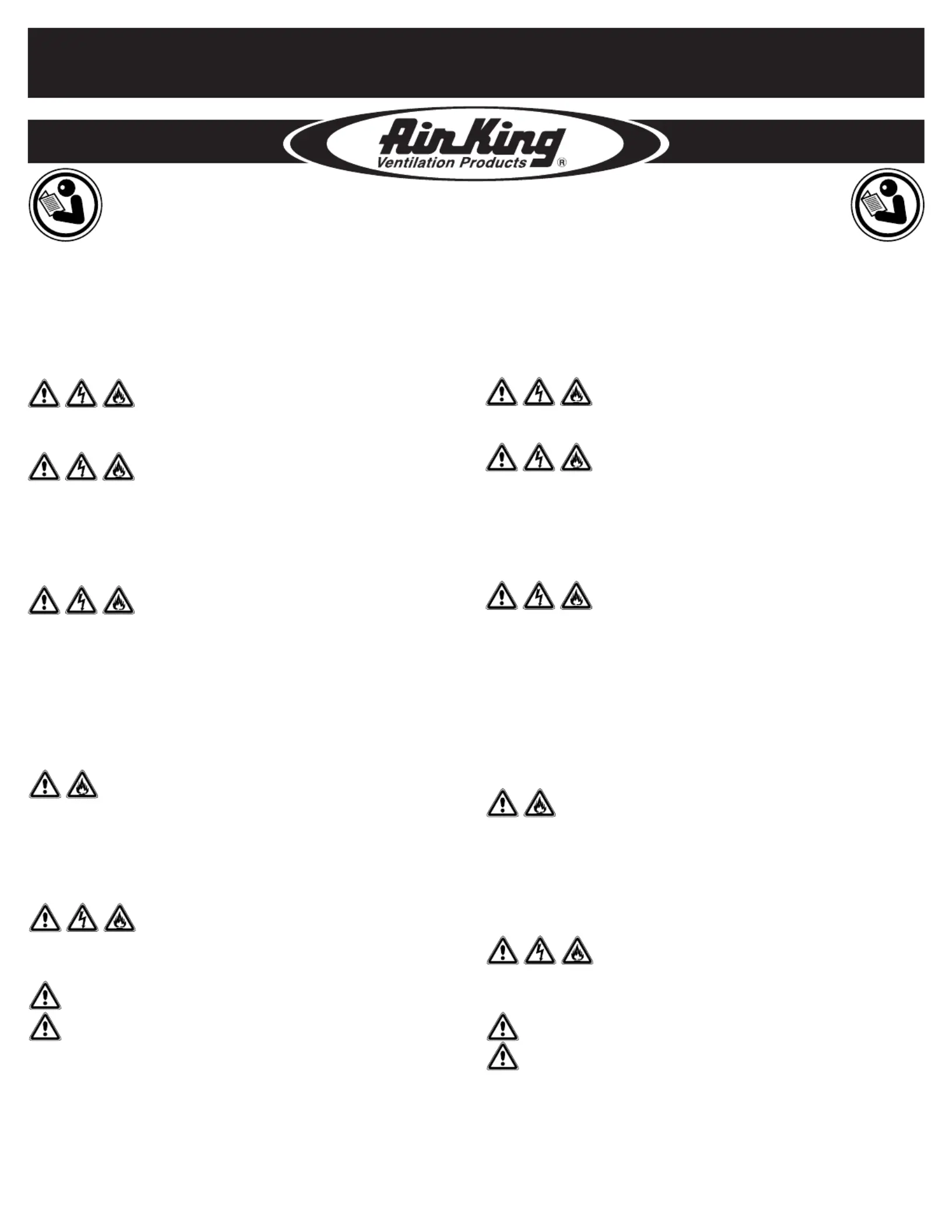Air King AKV Manual
| Mærke: | Air King |
| Kategori: | Ikke kategoriseret |
| Model: | AKV |
Har du brug for hjælp?
Hvis du har brug for hjælp til Air King AKV stil et spørgsmål nedenfor, og andre brugere vil svare dig
Ikke kategoriseret Air King Manualer
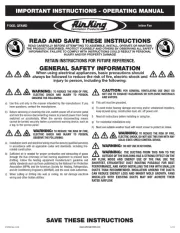
27 August 2025
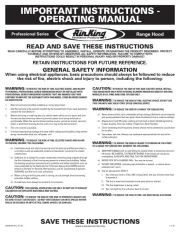
22 August 2025
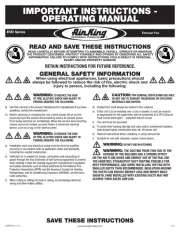
22 September 2024
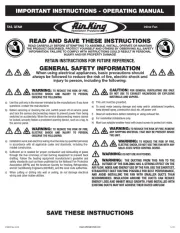
26 August 2024
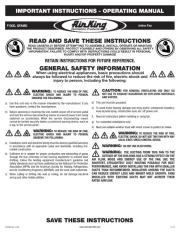
14 August 2024
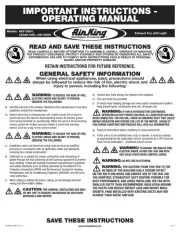
9 August 2024
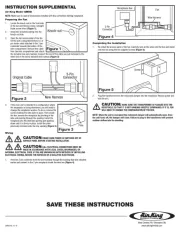
6 August 2024
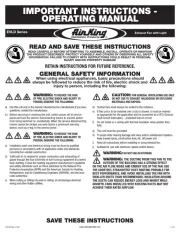
6 August 2024
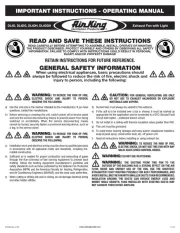
2 August 2024
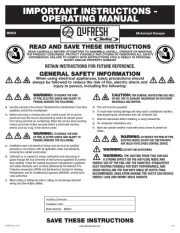
1 August 2024
Ikke kategoriseret Manualer
- Marantz
- Toddy
- Kaiser
- Canicom
- Doffler
- Milectric
- King Craft
- Duke Fitness
- Genesis
- Hybrid Power Solutions
- Digi-Pas
- Angler
- I.R.I.S.
- BENNING
- Esab
Nyeste Ikke kategoriseret Manualer

28 November 2025

28 November 2025

28 November 2025

28 November 2025

28 November 2025

28 November 2025

28 November 2025

28 November 2025

28 November 2025

28 November 2025
